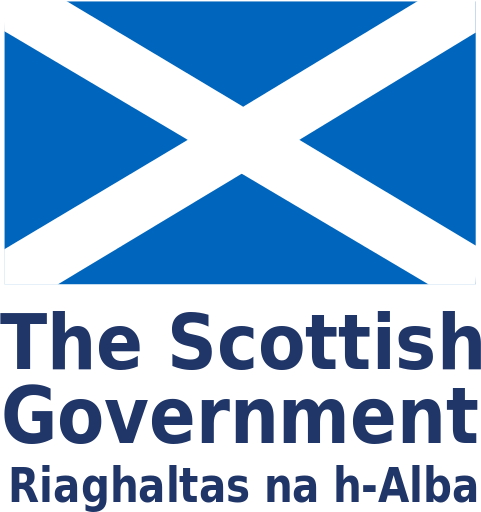There are a number of tests which Sheetal could now have. For further information on the tests see the Additional Information box below.
Q. Which of the following early tests could Sheetal have?
See text alternative for feedback on Sheetal’s tests. Protocols regarding which blood tests are taken can vary. Remember to refer to your local procedures.
For further information on atrial fibrillation, carotid intervention and patent foramen ovale see the Topic Loops below.
Topic Loops:
There are a number of tests which Sheetal could now have. Drag the tests to the appropriate column below.
Important tests
Electrocardiogram (ECG) – this would confirm she is in sinus rhythm (SR) and not atrial fibrillation (AF).
Bloods Tests -the blood tests described on the previous page should be performed in patients under 55yrs old without an obvious cause of stroke / TIA. These bloods include lupus anticoagulant screen, thrombophilia screen, autoimmune screen, homocysteine, and syphilis serology.
Other tests to consider
Brain imaging – although many clinicians do routinely scan patients with TIA. With a typical story and a brief attack it is very unlikely to show anything which would alter management (e.g. bleeding or tumour).
Carotid duplex – since this was a posterior circulation TIA she is not a candidate for carotid endarterectomy. However, a carotid duplex might be useful in confirming the presence of atheroma – this would make a rare cause of TIA unlikely.
Echocardiogram testing for PFO– in a young person (under 55yrs old) with an otherwise unexplained ischaemic stroke or TIA, people with atrial fibrillation (AF) or clinical evidence of heart disease. In patients with strokes affecting more than one vascular territory an echo can help exclude a cardiac source of embolism (e.g. thrombus in the atria or ventricles, infective endocarditis, atrial myxoma or patent foramen ovale (PFO)).
Vertebral artery angiogram – it might demonstrate a narrowing of the arteries to the back of the brain. However, although angioplasty and stenting is technically feasible, trials have not yet been completed to show that the risks of such procedures are outweighed by the potential benefits in terms of reduced risk of stroke.
Page last reviewed: 07 Feb 2021


